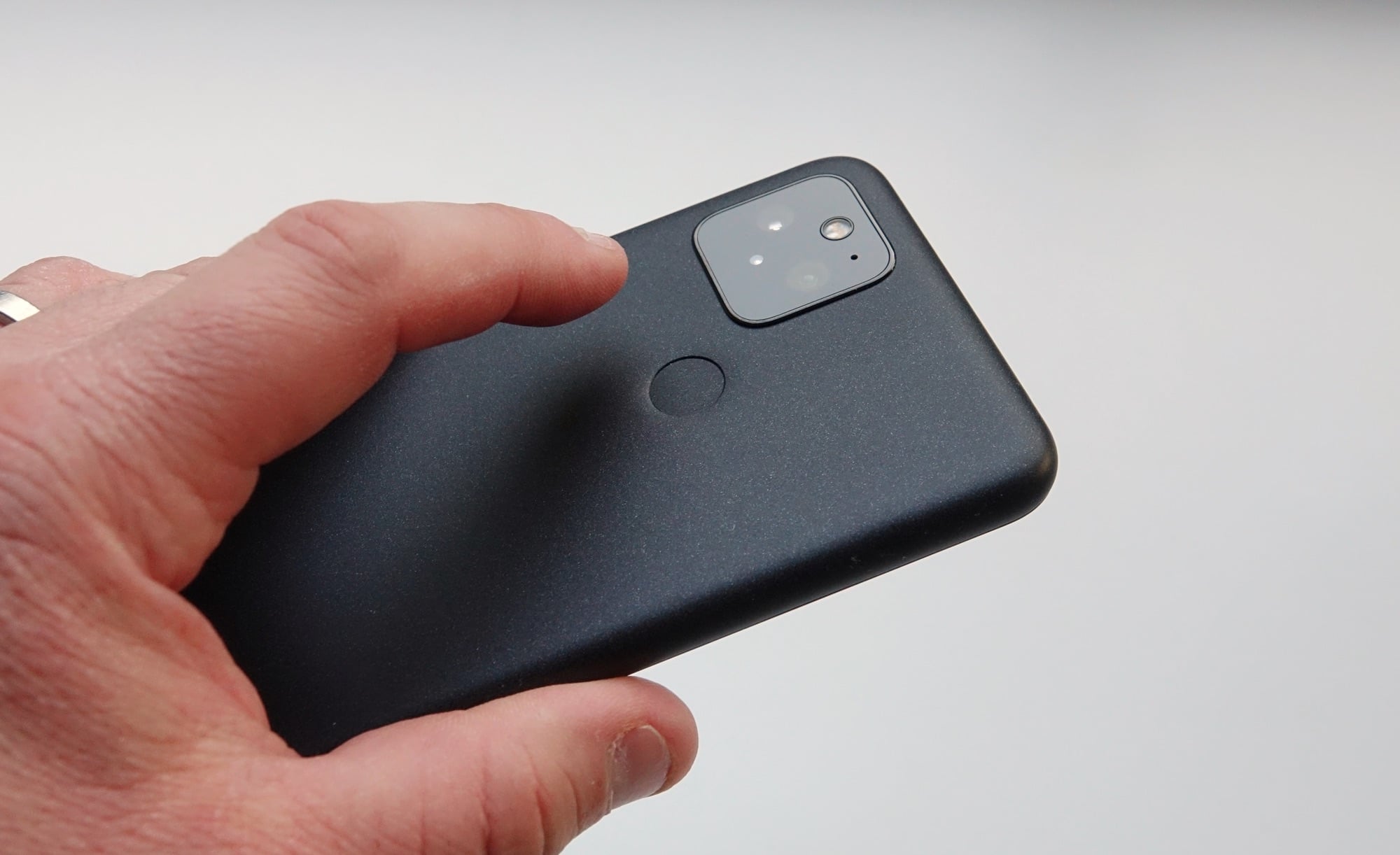
The Google Pixel 5 is a remarkable device, offering a seamless user experience and a host of impressive features. However, if you're new to this phone, you might find yourself wondering, "Where is the back button on Google Pixel 5?" This article will not only answer that question but also delve into the navigation options available on this device, providing you with a comprehensive understanding of how to maneuver through its interface effortlessly. Whether you're a new Pixel 5 owner or considering making the switch, understanding the back button functionality is crucial to maximizing your user experience. Let's explore the various ways to navigate the Google Pixel 5 and locate its back button.
Inside This Article
- The Physical Back Button
- Using Gestures to Navigate
- Using Software Navigation Buttons
- Conclusion
- FAQs
The Physical Back Button
One of the distinctive features of the Google Pixel 5 is the absence of a physical back button. Unlike some other smartphones, the Pixel 5 utilizes a gesture-based navigation system, which eliminates the need for a dedicated physical button for navigation. This modern approach to navigation enhances the sleek design of the device and offers users a seamless and intuitive way to interact with their phones.
By removing the physical back button, Google has embraced a more minimalist design, allowing for a larger and more immersive display. This design choice aligns with the trend of maximizing screen real estate, providing users with an expansive canvas for their digital activities. The absence of a physical back button also contributes to the overall aesthetic appeal of the Pixel 5, showcasing a clean and uncluttered look.
Although the physical back button is not present on the Google Pixel 5, users can easily adapt to the intuitive gesture-based navigation system, which offers a fluid and natural way to navigate through apps and menus. This modern approach to navigation aligns with the Pixel 5’s forward-thinking design and user experience, catering to the evolving needs of smartphone users.
Using Gestures to Navigate
Google Pixel 5 offers an intuitive gesture navigation system that allows you to navigate through your phone with ease. With the absence of physical navigation buttons, these gestures serve as a seamless way to interact with your device.
One of the key gestures is the swipe-up gesture, which takes you to the home screen from any app or screen. This fluid motion eliminates the need for a dedicated home button, providing a modern and streamlined user experience.
Additionally, a quick swipe up and hold allows you to access recent apps, enabling effortless multitasking. This feature enhances productivity and makes switching between applications a breeze.
Furthermore, the back gesture is activated by swiping from either edge of the screen, offering a convenient way to navigate back within apps and menus. This intuitive gesture mimics the function of a physical back button, providing a natural and efficient user interface.
Google Pixel 5’s gesture navigation system not only simplifies device interaction but also adds a touch of elegance to the overall user experience, making it a standout feature of the device.
Using Software Navigation Buttons
Software navigation buttons are a convenient alternative to physical or gesture-based navigation. On the Google Pixel 5, these buttons are typically located at the bottom of the screen and are customizable to suit your preferences. They usually consist of the back button, home button, and recent apps button, allowing for seamless navigation within the device’s interface.
These buttons can be accessed by swiping up from the bottom of the screen or by tapping on the designated area, depending on the device’s settings. The back button, in particular, enables users to return to the previous screen or step within an app, providing a familiar and intuitive method of navigation.
One advantage of software navigation buttons is their adaptability. Users can customize their appearance, position, and functionality, providing a tailored experience that aligns with individual usage habits and preferences. This flexibility allows for a more personalized and user-friendly interaction with the device’s interface.
Understanding the location and functionality of the back button on the Google Pixel 5 is essential for seamless navigation and enhanced user experience. By familiarizing oneself with the intuitive placement of this feature, users can effortlessly transition between screens and applications, optimizing their interactions with the device. Whether navigating through apps, browsing the web, or multitasking, the back button serves as a fundamental tool for efficient and user-friendly operation. With its ergonomic design and strategic placement, the Google Pixel 5 ensures that users can access the back button conveniently, streamlining their digital interactions and empowering them to make the most of their smartphone experience.
FAQs
Q: Where is the back button on Google Pixel 5?
A: The back button on Google Pixel 5 is integrated into the navigation gestures. You can swipe from the left or right edge of the screen to go back.
Q: Can I customize the navigation gestures on Google Pixel 5?
A: Yes, you can customize the navigation gestures on Google Pixel 5. Simply go to Settings > System > Gestures > System navigation and choose the navigation method that suits your preference.
Q: Is there a physical back button on Google Pixel 5?
A: No, Google Pixel 5 does not have a physical back button. It utilizes intuitive navigation gestures for seamless navigation.
Q: How do I access the recent apps screen on Google Pixel 5?
A: To access the recent apps screen on Google Pixel 5, swipe up from the bottom of the screen and hold. This action will display the recent apps for quick multitasking.
Q: Can I switch back to traditional three-button navigation on Google Pixel 5?
A: Yes, if you prefer the traditional three-button navigation, you can switch to it on Google Pixel 5. Simply go to Settings > System > Gestures > System navigation and select “3-button navigation.”
